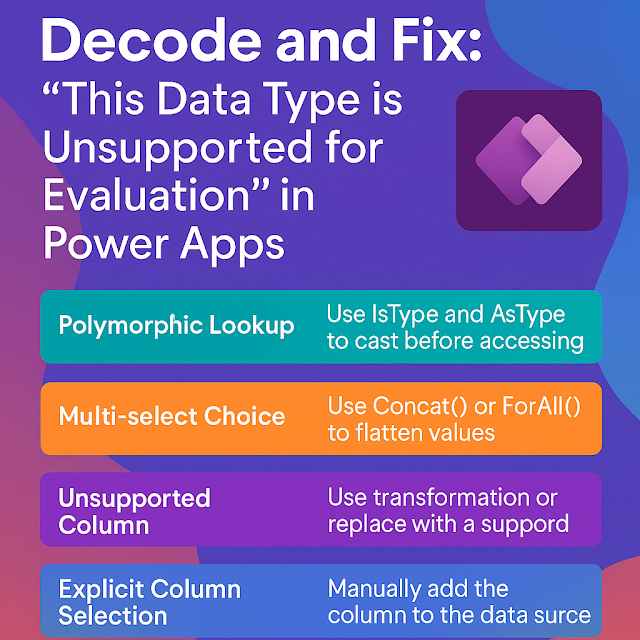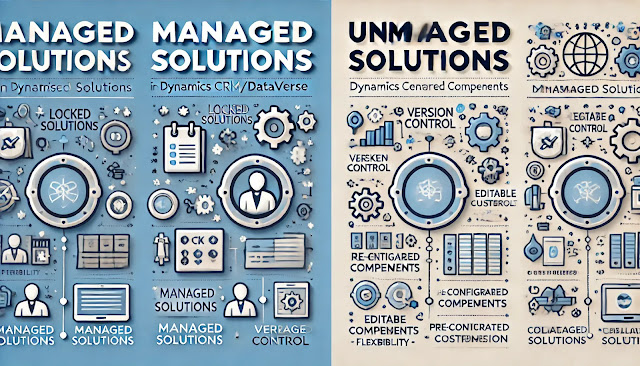Microsoft Dynamics 365 Customer Experience Analyst : Capture information by using forms
In Real-time Marketing within Dynamics 365 Customer Insights – Journeys, capturing information through forms allows organizations to collect customer data instantly and seamlessly. These forms can be embedded on websites, landing pages, or event registration pages to gather key details such as names, email addresses, preferences, and consent for communications. When a visitor submits a form, the data is immediately recorded in Dataverse, triggering real-time actions like sending confirmation emails, creating leads, or adding contacts to journeys or segments. Real-time forms also support double opt-in, ensuring compliance with privacy and consent regulations. By using these dynamic forms, businesses can personalize engagement, enrich customer profiles, and respond to customer actions instantly—driving faster conversions and more relevant experiences.
1. What Are Real-Time Marketing Forms?
In Real-time Marketing, forms are interactive tools that allow businesses to capture customer information such as names, contact details, preferences, and consent in real time.
These forms are built using the form designer in Dynamics 365 and can be embedded into:
- Websites
- Landing pages
- Event registration pages
- Email links
When someone fills out and submits the form, the data is immediately stored in Microsoft Dataverse — enabling instant personalization, automation, and analytics across marketing, sales, and service processes.
2. Key Capabilities of Real-Time Marketing Forms
3. Steps to Create a Real-Time Marketing Form
Step 1: Open the Form Designer
- Navigate to Customer Insights – Journeys → Real-time marketing → Forms.
- Select + New form to create a new one.
- Choose the type of form, such as:
- Subscription form – for managing opt-ins or marketing preferences.
- Lead generation form – for collecting contact and sales-related data.
- Event registration form – for capturing attendee details.
Step 2: Add and Configure Form Fields
1. Drag and drop fields such as:
- First Name, Last Name
- Email Address (required field)
- Company Name, Country, etc.
2. Add custom fields from Dataverse if needed.
3. Configure field properties:
- Set as required or optional.
- Define default values.
- Add tooltips for clarity.
Tip: Always include a consent or privacy field to ensure compliance with marketing regulations.
Step 3: Map Fields to Dataverse
Each form field must be mapped to a corresponding Dataverse field, ensuring submitted data is stored correctly in the right entity (e.g., Contact, Lead, Event Registration).
For example:
“Email” → `contact.emailaddress1`
“Company” → `account.name`
This mapping allows seamless integration with other Dynamics 365 apps like Sales, Customer Service, or Power BI for analytics.
Step 4: Define the Submission Behavior
Under Form Settings → Submission:
Select what happens after a user submits the form:
- Display a thank-you message.
- Redirect to another page (e.g., “Thank you for registering!”).
- Trigger a real-time journey (e.g., send a welcome email or alert the sales team).
Real-time reaction: As soon as a user submits, the system can trigger a journey that starts instantly — perfect for lead nurturing or onboarding workflows.
Step 5: Publish and Embed the Form
1. Save and Go Live to make the form active.
2. Choose how to share the form:
- Embed on your website via script or iFrame.
- Publish on a landing page in Customer Insights – Journeys.
- Share a direct link (for email campaigns or QR codes).
The form becomes interactive and starts capturing live data as soon as it’s published.
4. Using Captured Data in Real-Time Journeys
Once a form is submitted:
- The contact or lead is automatically created or updated in Dataverse.
- The form submission can trigger a real-time journey — for example:
- Send a thank-you or confirmation email.
- Add the contact to a segment for nurturing.
- Notify a sales team member.
This immediate data flow ensures faster follow-up and improved engagement.
5. Managing Consent and Compliance
Real-time forms include consent fields that align with global privacy laws like GDPR and CAN-SPAM.
- Use Subscription center fields to let users opt in/out of different communication types.
- Store consent data directly in Dataverse under the Contact Point Consent table.
- Enable double opt-in for email confirmation when required.
This ensures marketing teams maintain data accuracy and legal compliance while building trust with customers.
6. Business Use Cases
7. Benefits of Capturing Information via Real-Time Forms
- Instant Data Flow: Information is captured and processed in real time.
- Automated Engagement: Submissions can trigger personalized journeys immediately.
- Seamless Integration: Data syncs automatically with Dataverse and other Dynamics apps.
- Compliance-Ready: Built-in consent management supports global data protection laws.
- Consistent Branding: Customizable designs match your brand identity.
- Improved Conversion Rates: Instant acknowledgment increases user trust and engagement.
8. Example Workflow
1. User submits a “Request a Quote” form on your website.
2. The data (name, email, product interest) is instantly saved in Dataverse.
3. A trigger-based journey starts automatically:
Step 1: Send a personalized acknowledgment email.
Step 2: Notify the sales representative.
Step 3: Add the contact to the “Potential Leads” segment.
4. The marketing team monitors responses in real-time dashboards.
In Summary
Capturing information through real-time forms in Customer Insights – Journeys transforms how organizations collect and act on customer data. By instantly connecting form submissions with Dataverse and real-time journeys, businesses can automate responses, ensure data compliance, and deliver personalized experiences — all without delay. This capability helps organizations turn every customer interaction into an opportunity for engagement, insight, and growth.















Comments
Post a Comment